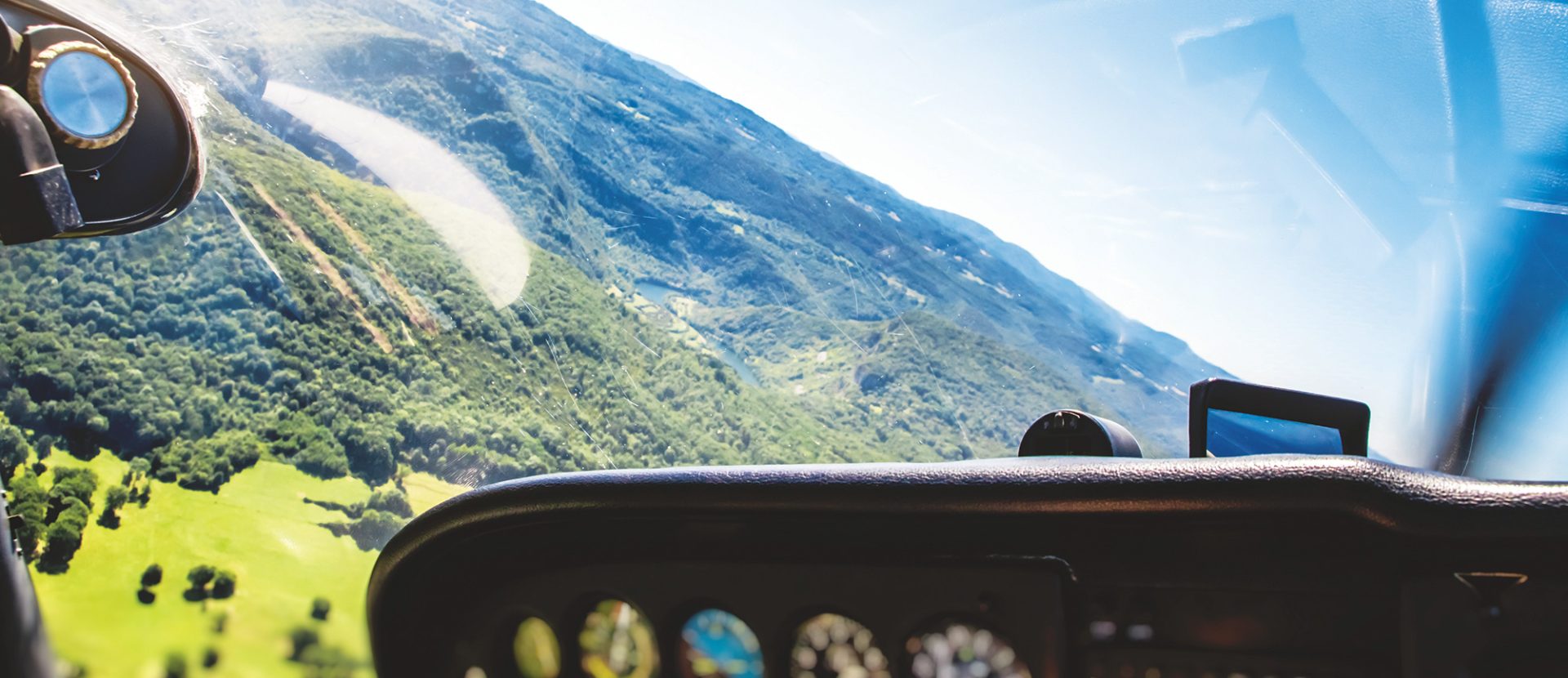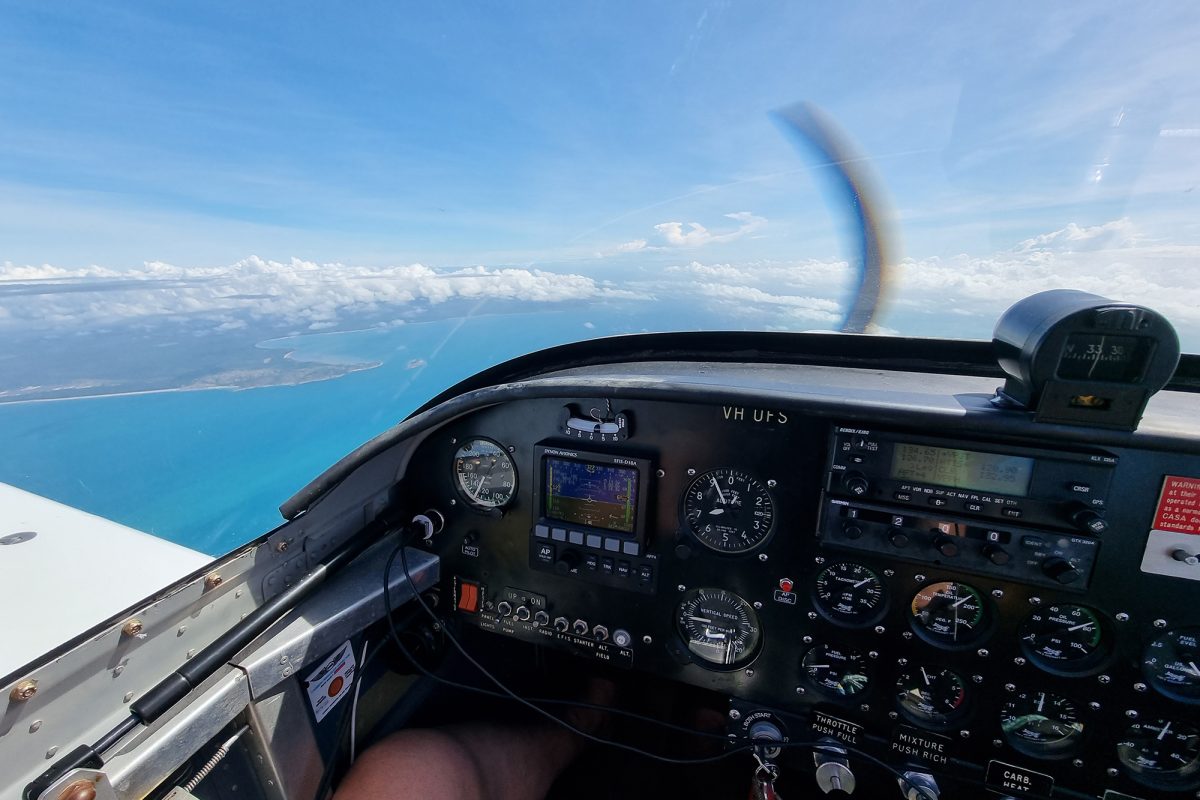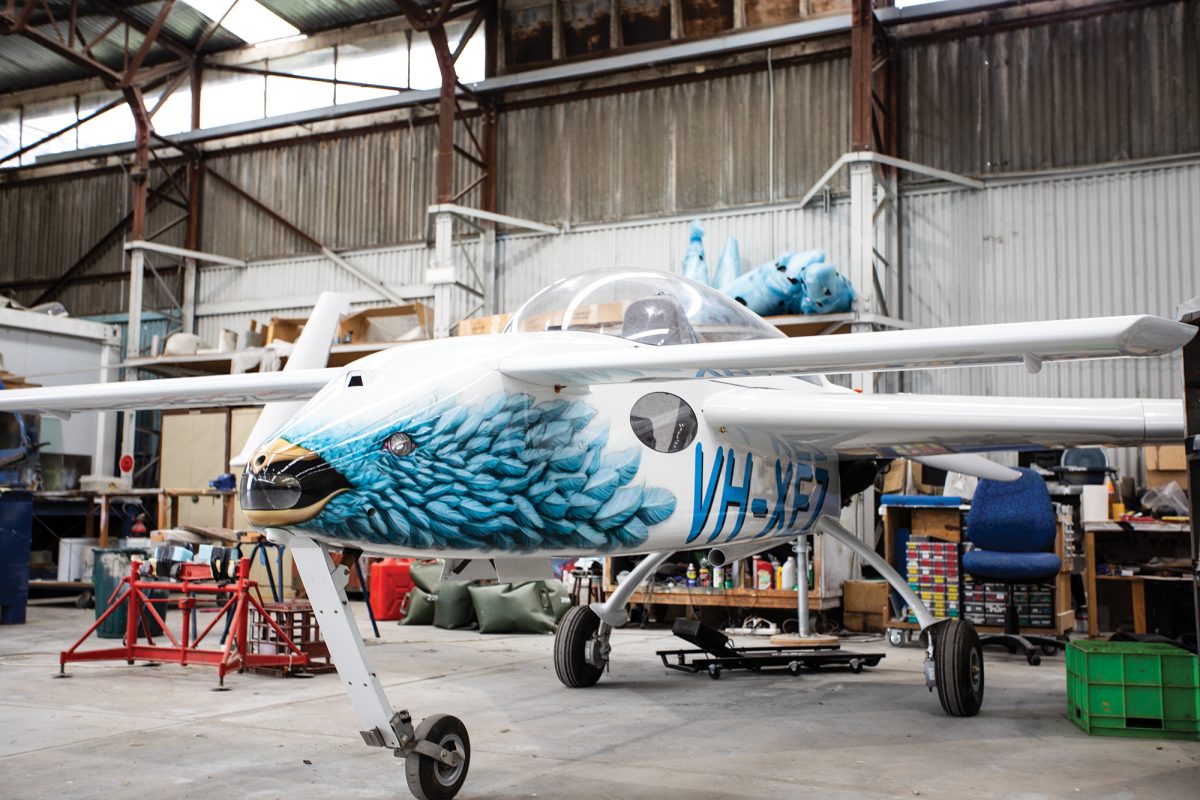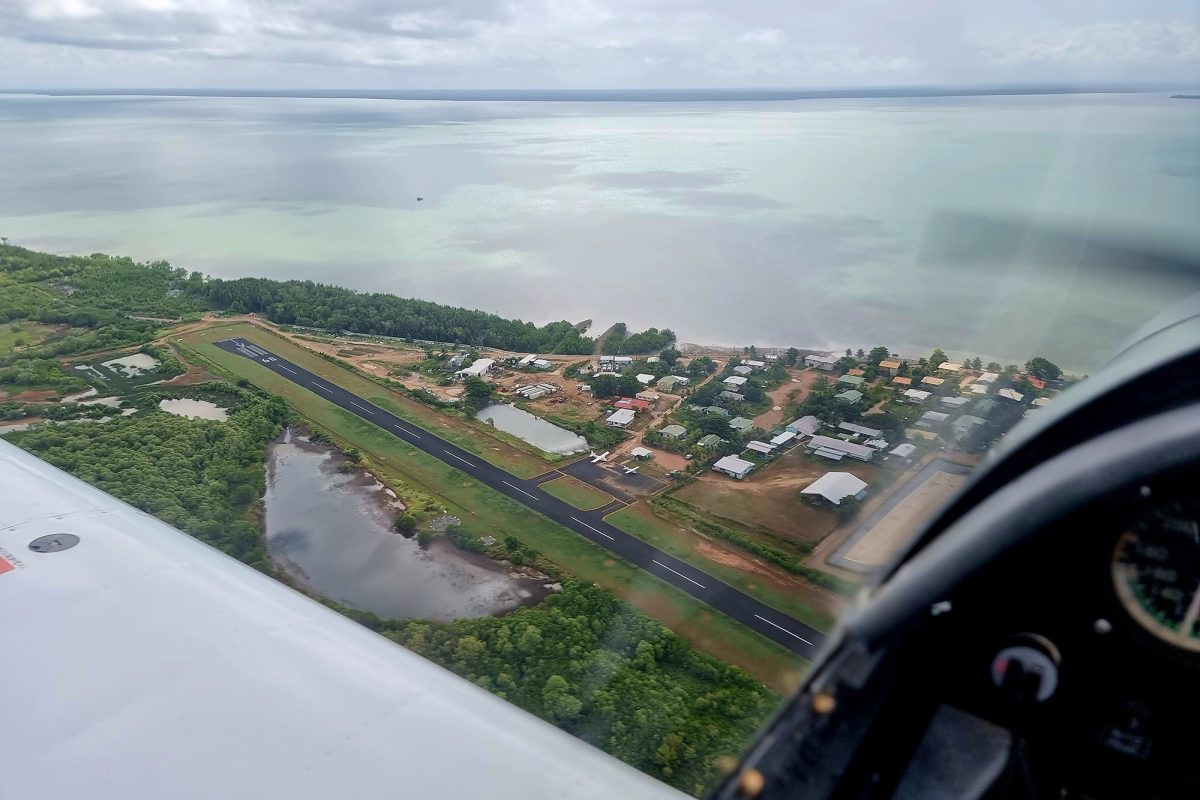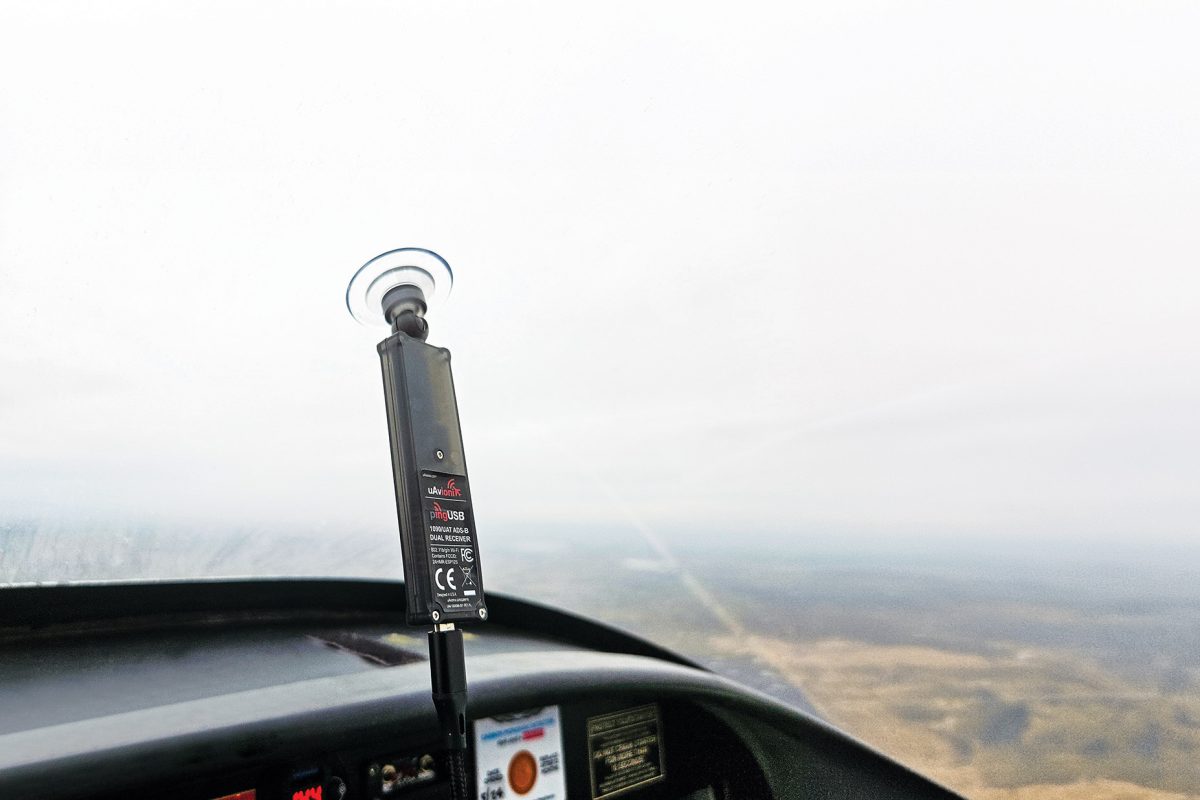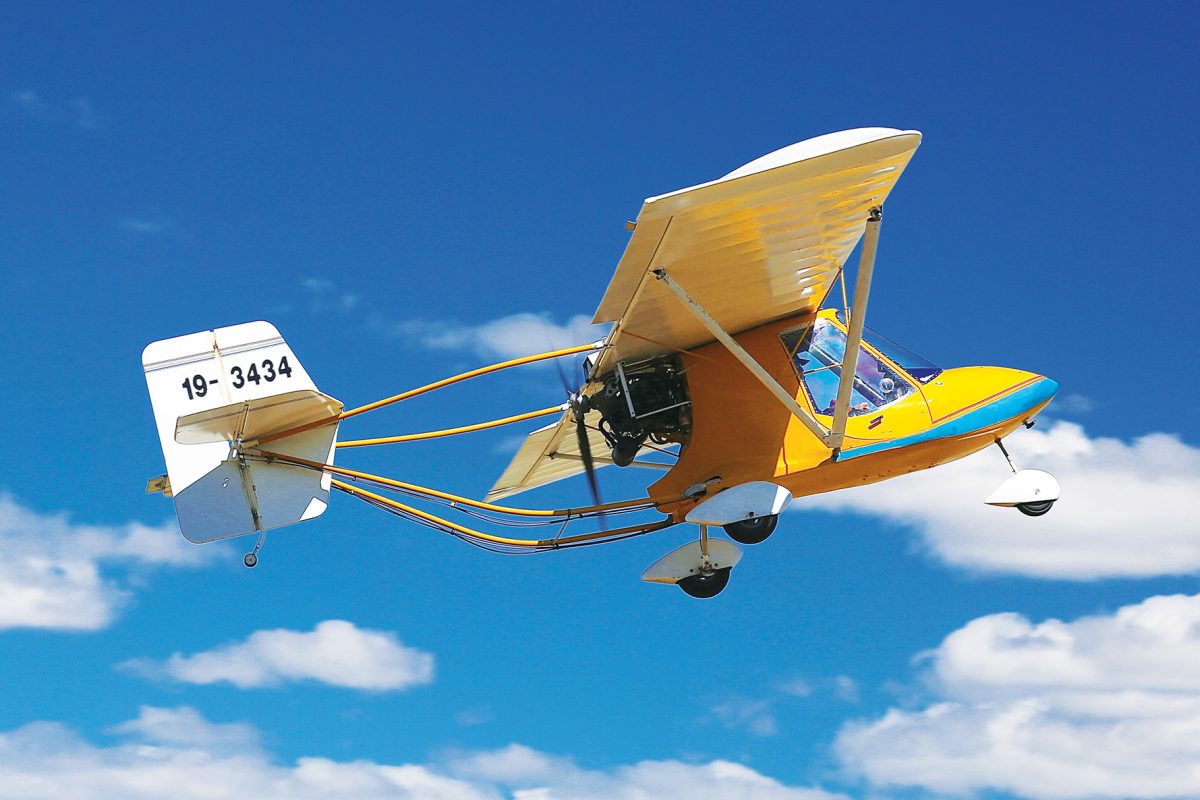THE OVERLOOKED TOOL IN A PILOT’S TOOLBOX
Engines facilitate the conduct of a go-around and set up for another landing. When things don’t look or feel right you have a ‘reset’ button, but a go-around is not always top of mind for many pilots. Let’s explore some considerations from the human (decision-making), machine (management of the aircraft), environment (expectation of a go-around) and other perspectives.
HUMAN FACTORS
A good landing generally starts from a good approach. Think back to your early training days – our instructors generally don’t permit an unstable approach to continue and would prompt a go-around. Since our student days, we rehearse landings over and over – with the objective of landing on the ground safely. Somehow, we forget that one of the best tools a pilot has is to reset an unsafe approach and go-around.
Pilots also tend not to practice go-arounds, and it is not always requested during a Biennial Flight review (BFR).
A good landing starts with:
- Ensuring the aircraft is positioned correctly in the circuit
- Not becoming distracted while flying the circuit
- Completing pre-landing checks early, to allow concentration on your approach
- Configuring the aircraft approach speed correctly
- Ensuring the aircraft is trimmed accurately
- Managing a stable approach path
If just one factor isn’t right, it’s time to consider a go-around.
Maybe a perception exists that conducting a go-around is a result of the pilot not being proficient, but it’s actually quite the opposite. The reality is if a pilot is flying the aircraft well, a go-around is an important and appropriate course of action. It should be planned for, before it happens, so that the decision isn’t made under stress. Recall the five Ps? Prior Planning Prevents Poor Performance.
AIRCRAFT FACTORS
The Pilot Operating Handbook (POH) advises approach speed, configuration and actions for conduct of a go-around. A slight change to these settings – even 5 knots, or incorrect flap or trim settings – can have a significant impact on a safe touchdown. If a sustained float occurs, the pilot must have a nominated go-around point – before they run out of runway.
The last outcome any pilot wants is to conduct a go-around for valid reasons and mismanage the actions to the extent the aircraft enters a Loss of Control (LOC) event. LOC accidents are currently the highest statistic for not only RAAus pilots, but all pilots.
ENVIRONMENTAL FACTORS
A gust of wind or other meteorological explanation is often provided when pilots report an accident. A ‘gust of wind’ can also be the result of mismanaging the aircraft reactions to a vigorous application of power, resulting in a very uncomfortable approach.
Or the pilot may not have observed the wind sock indicating an unexpected wind change, considered the temperature of the day or thermal conditions which may have triggered a “willy willy”, or perhaps obstacles triggered mechanical turbulence.
All of the factors form part of the training provided to pilots, but can also be the perfect trigger for conduct of a go-around.
WHEN SHOULD WE PRACTICE A GO-AROUND?
Once a pilot has completed training and is now flying aircraft for fun, a regular flight can consist of departure, flying to a location or in the local area, then returning and landing. If this sounds familiar, consider adding a routine of practice to local flights, which could include a practice of a go-around, practice of a forced landing away from the airport, basic stall recognition and recovery practice, and circuit practice.
Feedback from instructors confirms the majority of pilots generally only practice forced landings, stalls and other in-flight emergencies just before or during a Biennial Flight Review (BFR). RAAus is recommending instructors review go-arounds in BFRs.
GO-AROUND CONSIDERATIONS
The first consideration is to apply power and ensure the aircraft is gaining airspeed, then set into a straight and level attitude. Look out the front, confirm the straight and level attitude while applying power. To gain enough airspeed sometimes requires the pilot to wait for a beat or more after the application of power.
The pilot needs to maintain awareness of primary and secondary effects of power application and manage these: a pitching, yawing response from the aircraft, exacerbated by the trim, flaps and approach configuration.
Once the aircraft is accelerated, adopt the climb attitude and manoeuvring the aircraft to ensure visibility of the runway, traffic or avoiding hangars and trees – and other aircraft.
Finally, before you approach again, consider any implications from what prompted the go-around – is there any damage from surface contact? What do you need to correct to land safely? Only after the aircraft is under control should the pilot consider making any calls, if required.
Do you have a go-around story to share? Share it with us at editor@sportpilot.net.au
